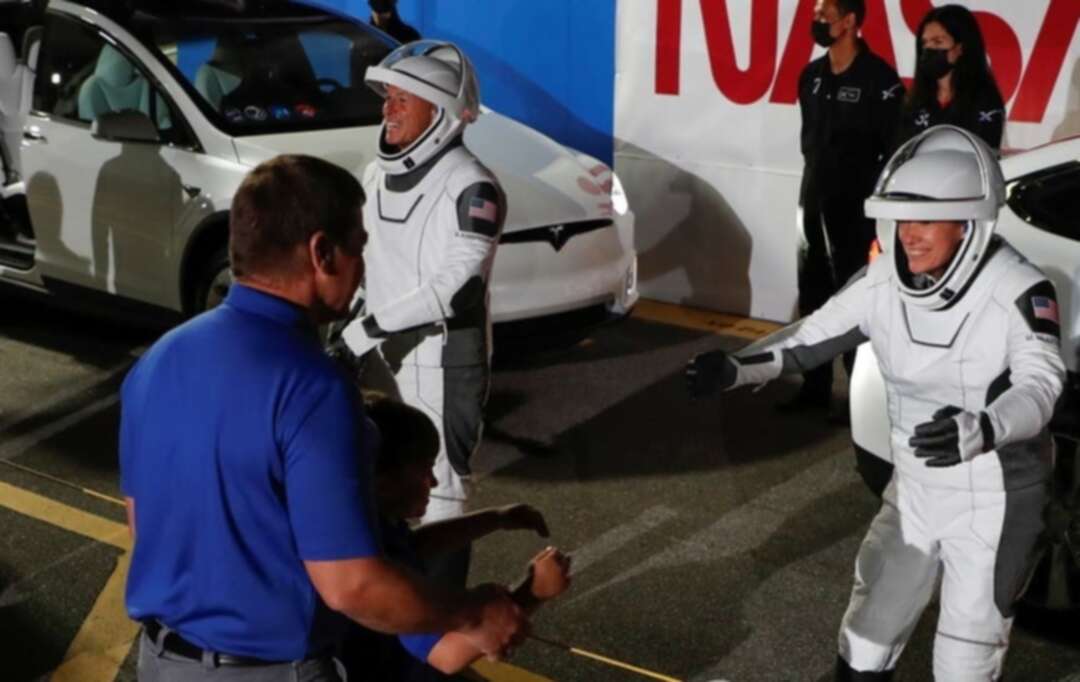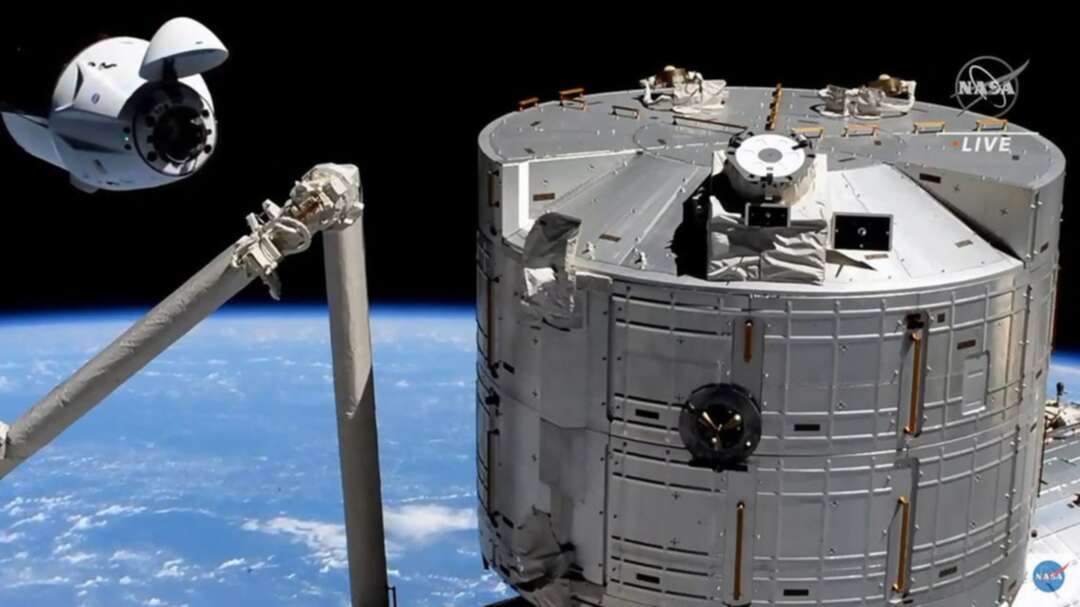-
NASA cancels launch of giant Moon rocket

The US space agency said in a statement, NASA canceled its Artemis I mission to the Moon on Monday (August 29) after engineers discovered an engine malfunction at the last moment.
One of the core stage engines failed to be properly conditioned as the giant spacecraft was preparing to blast off to space, according to the RT, the statement said.
Conditioning is needed to bring the engines to the “proper temperature” to eventually start them, it added.
According to NASA, the issue could not have been rectified on the spot. Engineers are now “looking at options to gather as much data as possible” to get to the bottom of the issue, the agency added.
Additionally, a “crack in the thermal protection system material” of the spacecraft’s core stage was discovered.
The 100-meter-tall rocket – the biggest ever developed by NASA – is in “a stable, safe condition,” the space agency said.

The next available opportunity to launch could be on September 2, if the engine bleed issue is fixed, Derrol Nail, a NASA launch commentator and producer, told journalists.
Monday's launch would have been the first mission of the Artemis program, an ambitious project by the American space agency focused on lunar exploration and bringing humans back to the Moon's surface.
NASA reveals 13 areas on Moon as possible landing points
The Artemis I mission would have been an uncrewed test and demonstration flight around and beyond the Moon. If successful, it would be followed by a similar crewed mission dubbed Artemis II.
Earlier in August, NASA reported identifying as many as 13 potential landing spots on the Moon for its Artemis program. However, US astronauts are expected to step foot there no sooner than in 2025.
Source: rt
You May Also Like
Popular Posts
Caricature
BENEFIT Sponsors BuildHer...
- April 23, 2025
BENEFIT, the Kingdom’s innovator and leading company in Fintech and electronic financial transactions service, has sponsored the BuildHer CityHack 2025 Hackathon, a two-day event spearheaded by the College of Engineering and Technology at the Royal University for Women (RUW).
Aimed at secondary school students, the event brought together a distinguished group of academic professionals and technology experts to mentor and inspire young participants.
More than 100 high school students from across the Kingdom of Bahrain took part in the hackathon, which featured an intensive programme of training workshops and hands-on sessions. These activities were tailored to enhance participants’ critical thinking, collaborative problem-solving, and team-building capabilities, while also encouraging the development of practical and sustainable solutions to contemporary challenges using modern technological tools.
BENEFIT’s Chief Executive Mr. Abdulwahed AlJanahi, commented: “Our support for this educational hackathon reflects our long-term strategic vision to nurture the talents of emerging national youth and empower the next generation of accomplished female leaders in technology. By fostering creativity and innovation, we aim to contribute meaningfully to Bahrain’s comprehensive development goals and align with the aspirations outlined in the Kingdom’s Vision 2030—an ambition in which BENEFIT plays a central role.”
Professor Riyadh Yousif Hamzah, President of the Royal University for Women, commented: “This initiative reflects our commitment to advancing women in STEM fields. We're cultivating a generation of creative, solution-driven female leaders who will drive national development. Our partnership with BENEFIT exemplifies the powerful synergy between academia and private sector in supporting educational innovation.”
Hanan Abdulla Hasan, Senior Manager, PR & Communication at BENEFIT, said: “We are honoured to collaborate with RUW in supporting this remarkable technology-focused event. It highlights our commitment to social responsibility, and our ongoing efforts to enhance the digital and innovation capabilities of young Bahraini women and foster their ability to harness technological tools in the service of a smarter, more sustainable future.”
For his part, Dr. Humam ElAgha, Acting Dean of the College of Engineering and Technology at the University, said: “BuildHer CityHack 2025 embodies our hands-on approach to education. By tackling real-world problems through creative thinking and sustainable solutions, we're preparing women to thrive in the knowledge economy – a cornerstone of the University's vision.”
opinion
Report
ads
Newsletter
Subscribe to our mailing list to get the new updates!






















